Economies of Web2 vs Web3 Gaming
Introduction
The global gaming market has been steadily growing over the past two decades, with an estimated size of USD 298.98 billion in 2024 and a forecasted compound annual growth rate (CAGR) of 12.2% from 2025 to 2030 to reach USD 600.74 billion in 2030. In comparison, the global blockchain in gaming is estimated at USD 13 billion in 2024 with a forecasted CAGR of 69.4% from 2025 to 2030 to reach USD 301.53 billion in 2030.
With a CAGR five times greater than the traditional Web2 gaming market, Web3 gaming is on track to match or even overtake Web2 gaming in the coming decade. However, a preliminary observation on the economies of both Web2 and Web3 games show that the economies of Web2 games are more sustainable for a much longer period. Here, we qualitatively look to compare the differences between these economies and provide insights for Web3 games to grow sustainable economies by understanding developed economies in Web2 games.
A Note on Web3 NFTs vs Web2 Items
Non-fungible tokens (NFTs) were introduced in 2014 and had seen a meteoric rise between 2017 and 2021. NFTs are unique digital identifiers recorded on a blockchain and are used to certify authenticity and ownership. In the case of games, these NFTs can be used to represent ownership of items or skins within the game. CryptoKitties, released in November 2017, had seen its first high-valued transaction at USD 113,000 just one month after its launch and saw 3.2 million transactions within its first year. Axie Infinity brought this concept to the next level in 2018 and peaked at a market cap of approximately USD 10 billion in 2021.
While NFTs are a relatively new technology, its functionality closely mimics already existing structures. Steam launched the Steam Community Market officially in 2012 with Team Fortress 2. It is a venue that allows users to buy and sell in-game items using Steam Wallet funds. Since then, the venue has expanded to include numerous games, with market capitalization primarily dominated by Counter-Strike, Dota 2 and Team Fortress 2. Other games outside the Steam Community Market include World of Warcraft, where players can exchange items within the game on an auction-like venue that was launched in January 2006, and Runescape, with Partyhats introduced in 2001, where players exchanged substantial amounts of in-game currencies to obtain certain items.
Economies in the Web2 space have also seen their fair share of large transactions, with a Counter Strike item sold for USD 1 million in 2024, and a whole planet bought by a company for USD 6 million in Entropia Universe in July 2011. Therefore, the fundamental utility of NFTs in video games is not a new concept for avid video gamers.
The Competitive Edge of Web3
As with the weaknesses of all Web2, a single point of failure can cause massive repercussions in the economy. Historically, these economies are most prone to item duplication, where participants intentionally exploit flaws and bugs in the game to obtain illegitimate duplicates of items or currency in the game. The Elder Scrolls Online bug in 2014 allowed players to duplicate items, which prompted the developer to step in to disable the function. The value of an item will significantly decrease with such influx of supply. Web3 games are robust to such pitfalls. The blockchain ensures the authenticity of items and currencies within its economies. Participants need not worry about whether the items they obtain are legitimate, whereas participants of Web2 games may lose the trust following such events.
Therefore, given the similarities of underlying principles for Web2 and Web3 economies and the competitive edge of Web3, Web3 should expect to perform just as well if not better than their Web2 counterparts.
The Markets of Economies
Cosmetic and functional economies in video games are the two most widely observed structures among all video games. Games with economies revolving around cosmetics usually involve the players’ interest in rarity and appeal of an item. On the other hand, economies revolving around functionality have players interested in the practicality and utility of items as part of their gaming experience. In most cases, both economies are observed to share the same underlying principles — supply and demand.
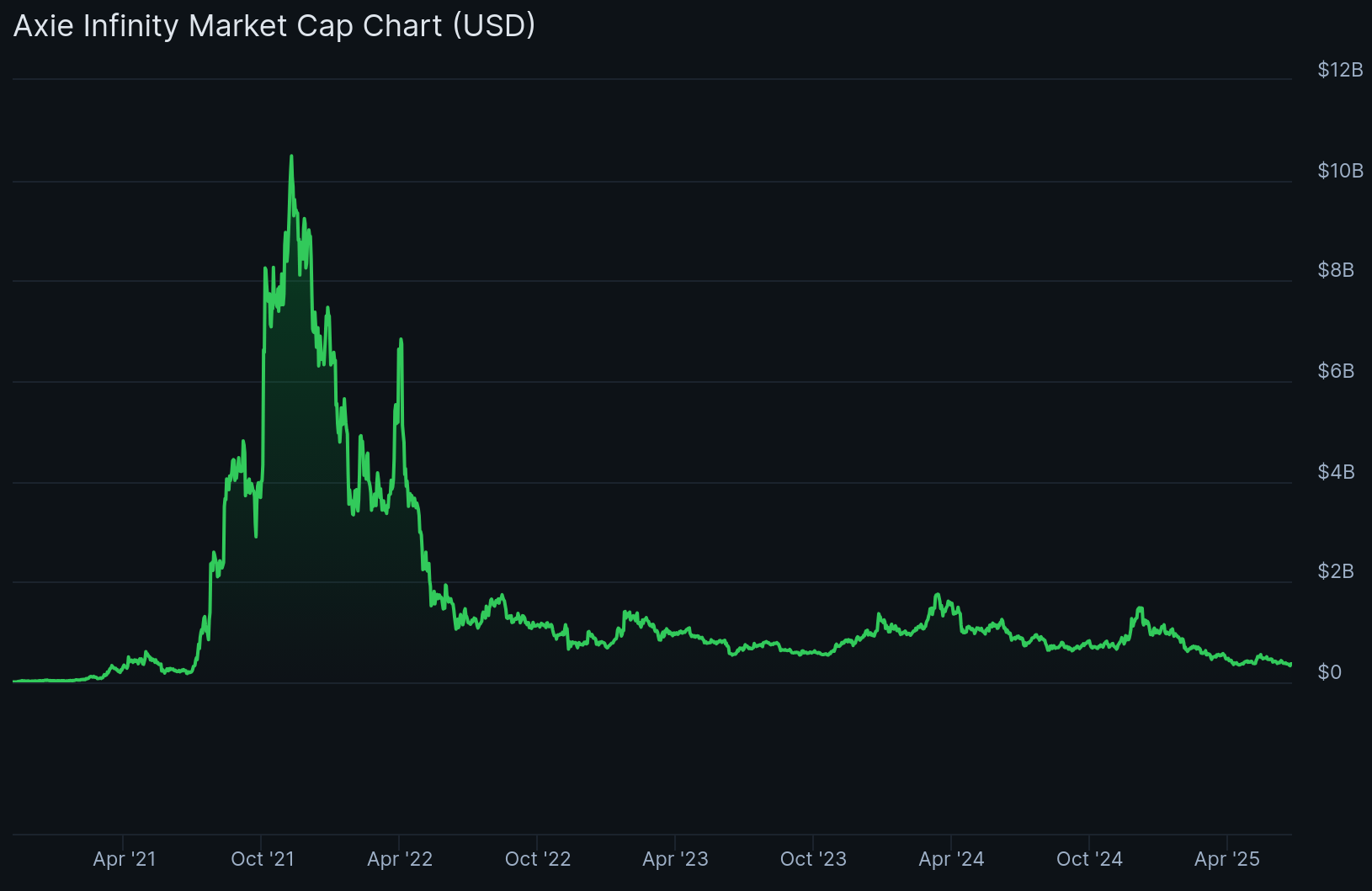
The market capitalization of a game’s tokens or skins is the total dollar value of all circulating tokens and skins in the game’s economy. It can be used as a simple estimation of the game’s value of what it is worth as seen by the market. This draws parallels to equity markets, where a higher market cap represents a larger share of the market. This would also imply that the company or game is more established, with more investors, and is generally less volatile with a lower growth rate. In most cases, a growing market cap can be viewed as a positive current and historical performance.
Many Web3 games witness astronomical multiples on their market caps between 2021 and 2022. Axie Infinity’s market cap increased fifty fold from approximately USD 200 million to USD 10 billion in just 6 months. The Sandbox’s market cap went up forty times from USD 150 million to USD 6 billion in the same period. Many other projects in the Web3 field experienced the same influx during the 2021 crypto rush. Projects have not seen any signs of sustained growth since then.
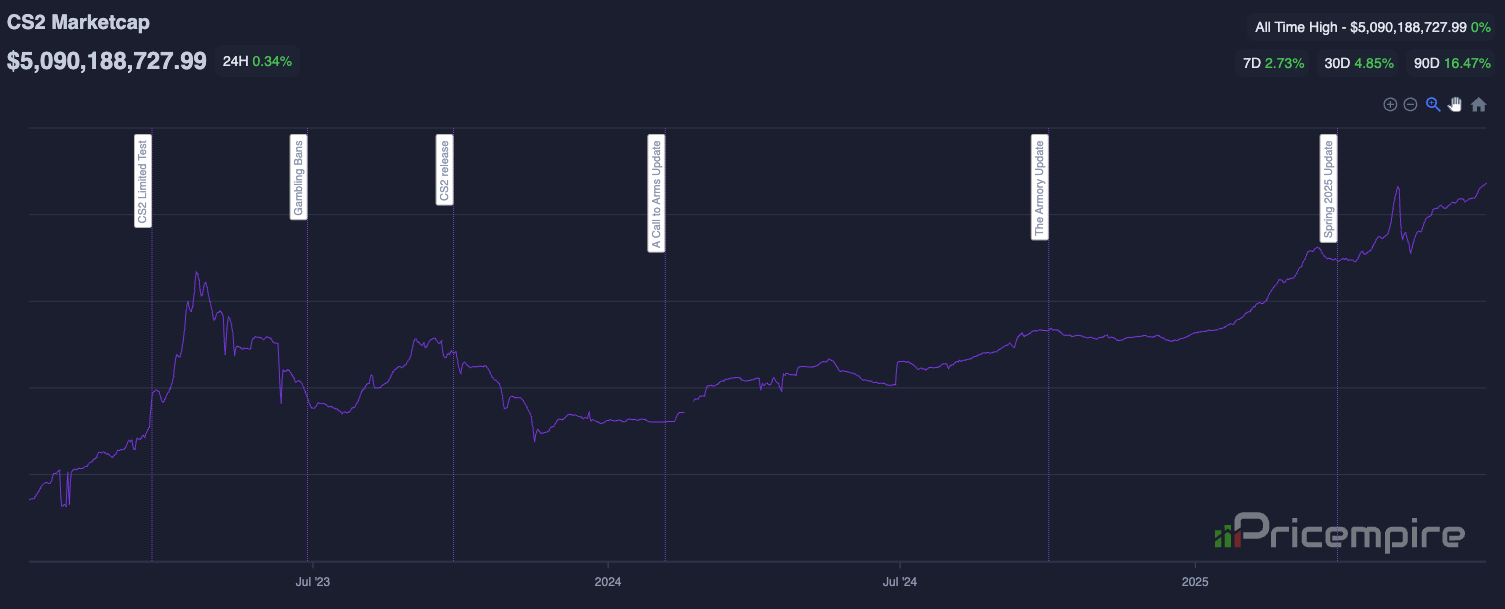
In contrast, Web2 games did not see a rush that resulted in sizable multiples in their markets. However, they witnessed sustained growth throughout. The market cap of CS2 skins reached USD 5.09 billion in 2025, following steady growth over the past year. Prices of items in other games, like the Immortal Treasure I 2016 in Dota 2 had an estimated CAGR of 39% over nine years since its introduction, also witnessed a steady growth in value over extended periods of time. In comparison, the S&P 500 index had a CAGR of approximately 14% within the same period.
All Roads Lead to Supply and Demand
The main contributing factor of a strong economy is its demand. Without demand, there will be no willing buyers in the market. A prime example of how demand contributes to price is the Dragonclaw Hook in Dota 2. From launch, the item was deemed as a rare commodity that is in high demand with professional players further fuelling its popularity by using it in major tournaments. However, newer skins have been released that offer a better alternative to the Dragonclaw, which ultimately led to its decline.
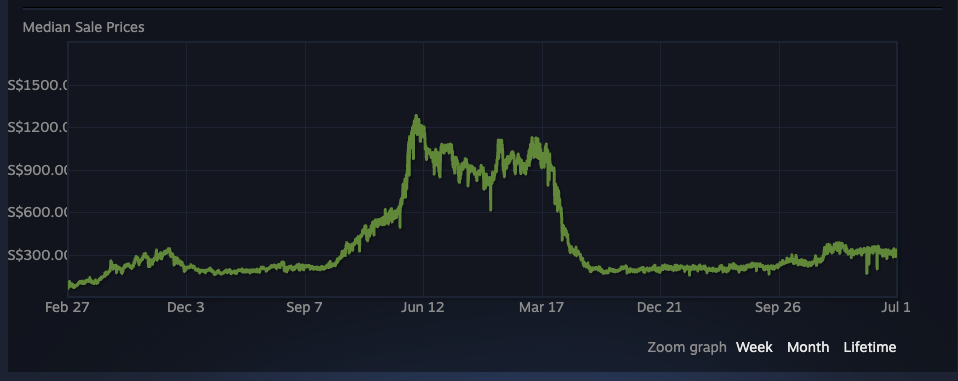
The supply within the market, as the counterpart of demand, also contributes as much importance to the health of the market. In the case of video games, the perceived rarity of an item or token plays a significant role in determining its price. Players are often willing to pay a hefty premium for an item that is almost exclusive to a small group. After the M4A4 | Howl skin in Counter Strike: Global Offensive was no longer in distribution following a decision made by Valve, prices of the skin skyrocketed due to its limited availability. An oversupply will not only reduce the value of the item intrinsically, but also indirectly reduce its demand. This doubly negative impact inevitably leads to a decline in volume and prices.
How can Web3 manage supply and demand?
Game Design Philosophy
The fundamental philosophy of game design is to create a game that people want to play. The economy of the game is just a tool that enhances the gaming experience. Web3 falls behind Web2 in this aspect. The major force of demand in Web3 is not driven by players who want to play the game, but rather participants who want to profit from the economy. This ties interest and demand of the game to the market’s sense of profitability in the project or in Web3 as a whole. Web3 games are more vulnerable to this issue due to how Web3 participants most often seek profitability.
Axie Infinity has an active economy with players trading on the marketplace, having Axies sold for 300 ETH and land sold for 888.25 ETH. The marketplace currently sees around 470 ETH of volume over the past 30 days. The developers of the game closely manage its economy, maintaining inflation rates to foster the ideal economic potential, built on a well-designed gaming experience. However, it still underwent major fluctuations in valuation that reflect the market’s view on profitability, as evident during and after the 2021 crypto boom.
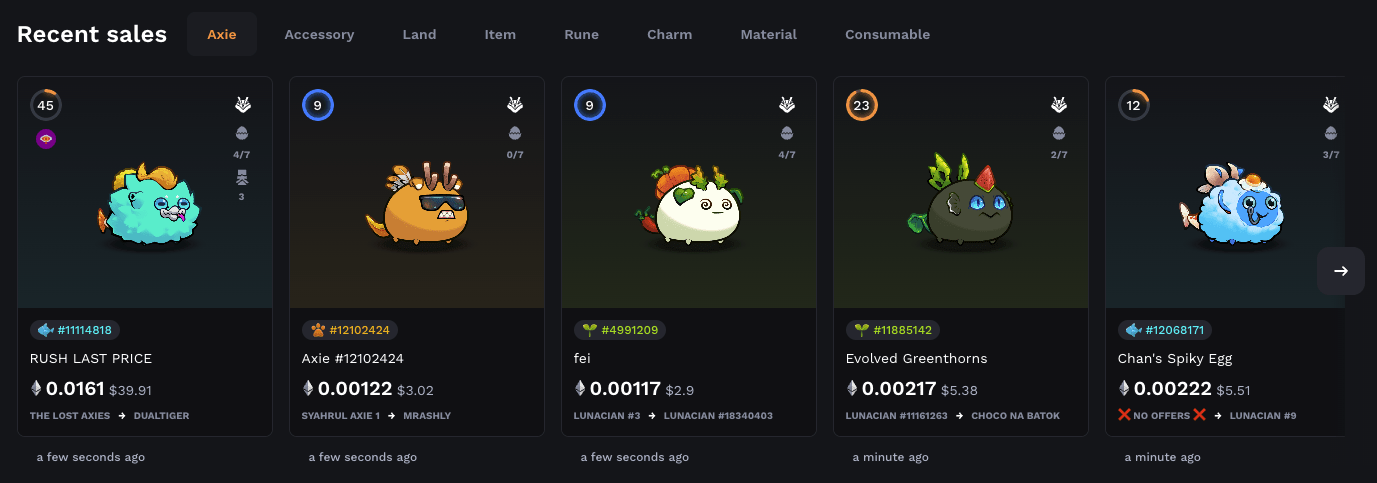
Many Web2 games were initially designed to have no link fiat currencies, but as organic interest and demand grow, players turn to alternative means to transact using fiat currencies. Therefore, the first and most important step for Web3 game developers is to design a game for players. Having demand bound to market sentiment on profitability is not sustainable for the game in the long run, as this demand is unreliable and unpredictable. To foster natural interest in the game itself will inherently build the foundations of a good economy.
Counter-Inflationary Measures
To incentivize players to play the game regularly, many developers opt to give away some form of reward. In the case of Web3, this mostly comes in the form of airdrops. While this creates a short time surge in interest in the game, it also increases supply. The long term repercussions of supply influxes are not sustainable for a game, as it entails continuous selling pressure that reduces both the market’s perception of profitability as well as the interest of players when the value of their items or tokens continuously decline. This article by TokenMinds provides a deeper understanding of the negative effects of hyperinflation. This phenomena can also be implied on CoinGecko for gaming projects, where a negative drift can be seen on many market capitalization charts.
Therefore, games need to balance inflation with other counter-inflationary measures to maintain inflation rates at a reasonable level. A tax or fee can be implemented to transactions over in-game auction houses or marketplaces, like in Guild Wars 2 and World of Warcraft. Player driven events can also be facilitated such that supply is burned from circulation, like the Massacre of M2-XFE in EVE Online where USD 378,012 worth of items were destroyed in a 14 hour battle between players. Currency sinks such as lootboxes with a lower expected return than initial investment or expensive and exclusive items that are purchasable can also absorb supply.
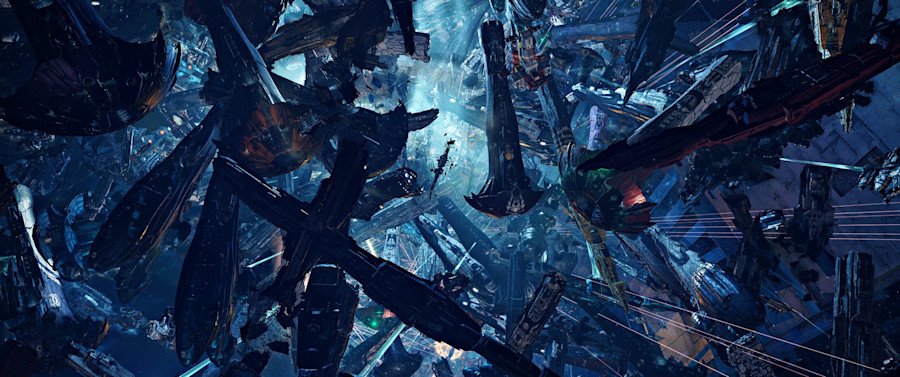
Building Expectations
League of Legends players were outraged at a USD 450 skin released as a celebration for their most well known professional player, Faker. Compared to a similar game with a different supply structure, players are willing to pay much higher prices in Dota 2, with many skins on the Community Market selling above USD 500 with some even going above USD 10 thousand. An almost identical comparison can also be made on two other titles by the same companies, Valorant and Counter Strike. In League of Legends and Valorant, fixed prices are set by the developer, Riot, and sold through a storefront within the game. In Dota 2 and Counter Strike, most prices are set by the free market, with prices adjusting according to supply and demand.
The expectation of prices is set by the supply structure implemented by the developer. If prices deviate significantly from this expectation, players will not be interested and demand will likely be negatively impacted. A player-driven free-market economy where prices are determined solely by players can largely avoid this issue. Most Web3 games do not face this issue as much as Web2 games due to the inherent nature of NFT and token trading. Games like The Sandbox, Axie Infinity, CryptoKitties and many others already have an established platform to facilitate trading between players.
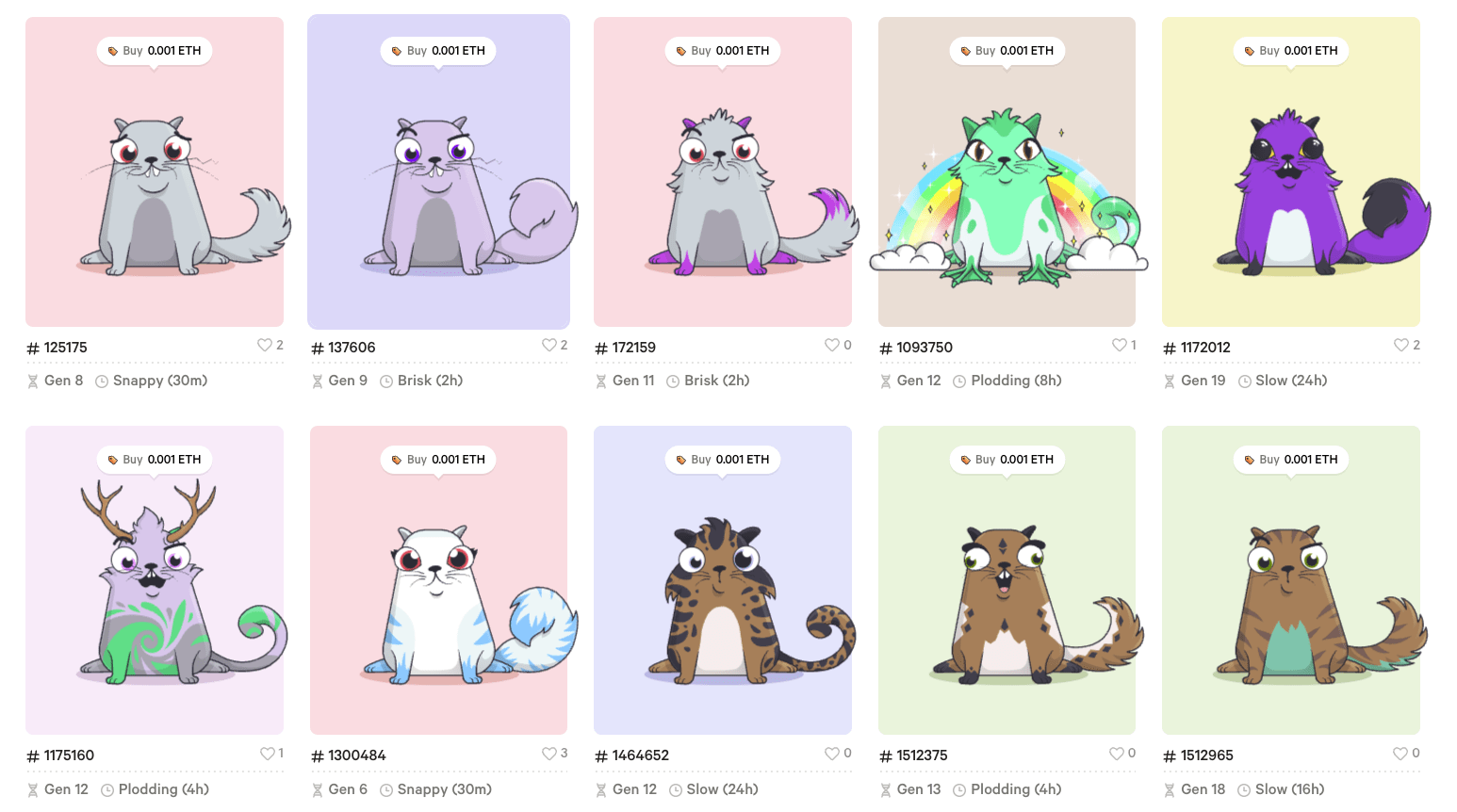
Market Structure and the Role of Liquidity
Many Web2 games do not permit real money trading (RMT) of any kind within their economies. The Steam Marketplace, for example, operates using Steam Wallet funds that cannot be officially exchanged for fiat currencies. Likewise, most of the games mentioned in this article, including World of Warcraft, Guild Wars 2, EVE Online, MapleStory, Dota 2, Team Fortress 2, and Counter-Strike with the exception of Entropia Universe, offer no legitimate mechanism for converting in-game assets into real-world value. Players are effectively locked into closed economies, where the utility and liquidity of their holdings are restricted to the game environment itself.
This has led to the proliferation of unofficial, third-party venues that attempt to bridge this gap. These include gambling platforms, where users stake the value of their skins or items in chance-based games; match betting sites, where players wager items on professional esports matches; and fiat on/off-ramp services, where in-game assets are exchanged peer-to-peer for fiat currencies. In the case of smaller games, where no mature third-party markets exist, players often turn to informal forums, social media, or e-commerce platforms to trade assets, effectively creating over-the-counter (OTC) black markets. These fragmented and loosely regulated venues not only expose players to scams, fraud, and loss of value, but also introduce unhealthy economic activity driven by speculative or toxic flows.
Web3 games, in contrast, benefit from the underlying infrastructure of the blockchain ecosystem and the standardized rails of token interoperability. By leveraging both centralized and decentralized exchanges, Web3 economies enable seamless, transparent, and secure token swaps, turning in-game assets into freely tradable digital commodities. The presence of market makers in these venues is especially critical: they provide consistent liquidity and orderly markets, helping stabilize prices and enabling fair price discovery. In the absence of such liquidity, asset prices become volatile and erratic, disincentivizing organic participation and undermining the long-term health of the economy.
Moreover, because Web3 tokens operate within programmable smart contracts, developers can embed rules for taxation, royalties, or governance directly into the asset logic, allowing for fine-grained control over how assets flow through the system. This offers a level of economic governance and transparency that is nearly impossible to replicate in traditional Web2 environments.
Tokenomic Design for Sustainable Web3 Economies
A well-structured tokenomic design is central to the sustainability and longevity of Web3 games. Unlike Web2 economies, which operate in closed ecosystems with limited convertibility to fiat, Web3 economies are fully exposed to open markets, investor sentiment, and speculative flows. This means that poor token design can lead to runaway inflation, pump-and-dump cycles, and rapid disillusionment among players and investors alike. Tokenomics provides developers with a systemic framework for controlling economic levers such as inflation, scarcity, utility, and governance.
In a Web3 game, tokens can serve multiple roles, as in-game currency, staking collateral, governance rights, or access passes. By assigning real utility to tokens within the game (e.g., paying for upgrades, breeding, crafting, or entering tournaments), developers create circular economic flows that recycle demand back into the game loop. This moves away from extractive models, where players merely farm and dump tokens, and toward player-retentive economies, where spending tokens enhances the gameplay experience.
Furthermore, tokenomic design allows for dynamic supply controls. As mentioned in the previous section on counter-inflationary measures, developers can implement:
Emission schedules that taper over time (like Bitcoin halving)
Burn mechanics (removing tokens from supply permanently)
Sinks (e.g., cosmetic purchases or high-end utility items)
Taxation systems (marketplace fees, crafting taxes) that remove circulating supply
These tools are analogous to monetary and fiscal policies in real-world economies, and when used properly, they moderate volatility and reduce speculative fragility. Additionally, governance tokens can give power back to the community, allowing players and stakeholders to vote on economic policy, treasury spending, and game development priorities. This not only decentralizes control but also incentivizes long-term alignment, as participants become co-owners of the ecosystem.
Closing Thoughts
Web3 gaming has the potential to match and outperform Web2 gaming. Recent years have seen negative sentiment built amongst gamers against Web3 gaming, but the aforementioned principles in this article can provide Web3 games with the necessary foundations to undo such sentiment and for sustainable growth. As Web3 developers begin to build games with players in mind, organic demand will rise and eventually Web3 economies will thrive just as well as its Web2 counterparts.
THE CONTENT ON THIS WEBSITE IS NOT FINANCIAL ADVICE
The information provided on this website is for information purposes only and does not constitute investment advice with respect to any assets, including but not being limited to, commodities and digital assets. This website and its contents are not directed to, or intended, in any way, for distribution to or use by, any person or entity resident in any country or jurisdiction where such distribution, publication, availability or use would be contrary to local laws or regulations. Certain legal restrictions or considerations may apply to you, and you are advised to consult with your legal, tax and other professional advisors prior to contracting with us.